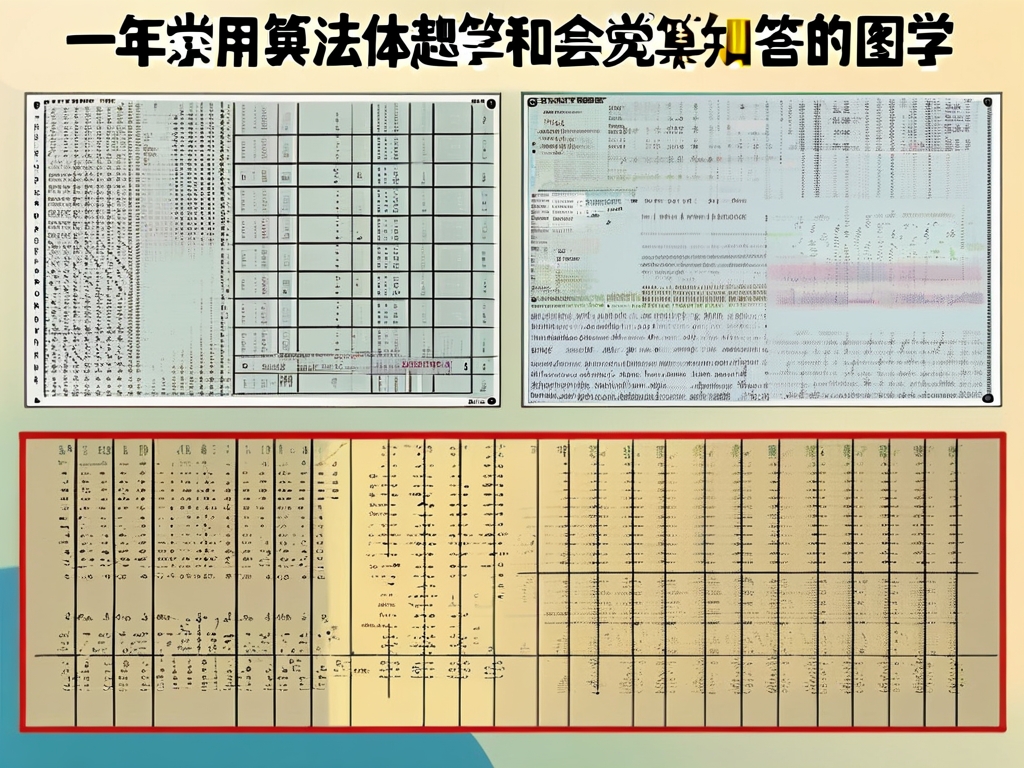For young learners entering the world of mathematics and computational thinking, mastering foundational algorithms is crucial. This article explores common algorithm-based problems tailored for first-grade students, complete with solutions and practical examples. These exercises aim to develop logical reasoning while aligning with early education standards.

Understanding Simple Sequences
One of the earliest algorithmic concepts involves recognizing and extending patterns. A typical question might ask:
"Continue the sequence: 2, 4, 6, , "
Solution:
Students identify the pattern of adding 2 each time, resulting in 8 and 10. This exercise introduces incremental thinking, a precursor to loop structures in programming.
Basic Sorting Logic
First graders often practice ordering numbers through hands-on activities. A sample problem could be:
"Arrange these numbers from smallest to largest: 9, 3, 7, 5"
Answer:
3, 5, 7, 9
This teaches comparison operations and lays groundwork for sorting algorithms like bubble sort.
Elementary Counting Techniques
Skip counting forms the basis for multiplication understanding. Teachers might present:
"Count by 5s up to 30"
Solution:
5, 10, 15, 20, 25, 30
Such exercises help students grasp repeated addition, a fundamental programming concept.
Visual Algorithm Practice
Many classrooms use grid-based movement challenges to teach directional logic:
"Move the robot from START to END using only 'forward' and 'right turn' commands"
print("Forward 3 steps")
print("Turn right")
print("Forward 2 steps")
This kinesthetic approach introduces algorithmic execution through physical simulation.
Word Problem Breakdown
Simple real-world scenarios develop problem-solving skills:
"Lily has 7 apples. She gives 3 to friends. How many remain?"
Solution:
7 - 3 = 4 apples
This teaches algorithmic decomposition of word problems into mathematical operations.
Number Line Navigation
Practicing addition/subtraction through visual algorithms:
"Start at 4. Move +5. Then move -2. Where do you land?"
Answer:
4 + 5 = 9
9 - 2 = 7
This demonstrates sequential step processing in calculations.
Balancing Equations
Introductory algebra preparation through equivalence exercises:
"Fill the blank: 8 + __ = 12"
Solution:
12 - 8 = 4
Students learn reverse engineering of equations, mirroring algorithm optimization.
Practical Implementation Tips
- Use physical manipulatives like counting blocks
- Incorporate movement-based learning activities
- Gradually introduce flow chart diagrams
- Celebrate incremental progress with rewards
Common Mistakes to Avoid
- Rushing through pattern recognition stages
- Neglecting verbal explanation of thought processes
- Overlooking the importance of wrong answers as learning tools
These foundational exercises create stepping stones for more complex algorithms in later grades. By integrating play-based learning with structured problems, educators can cultivate both mathematical proficiency and computational thinking skills in young learners.

